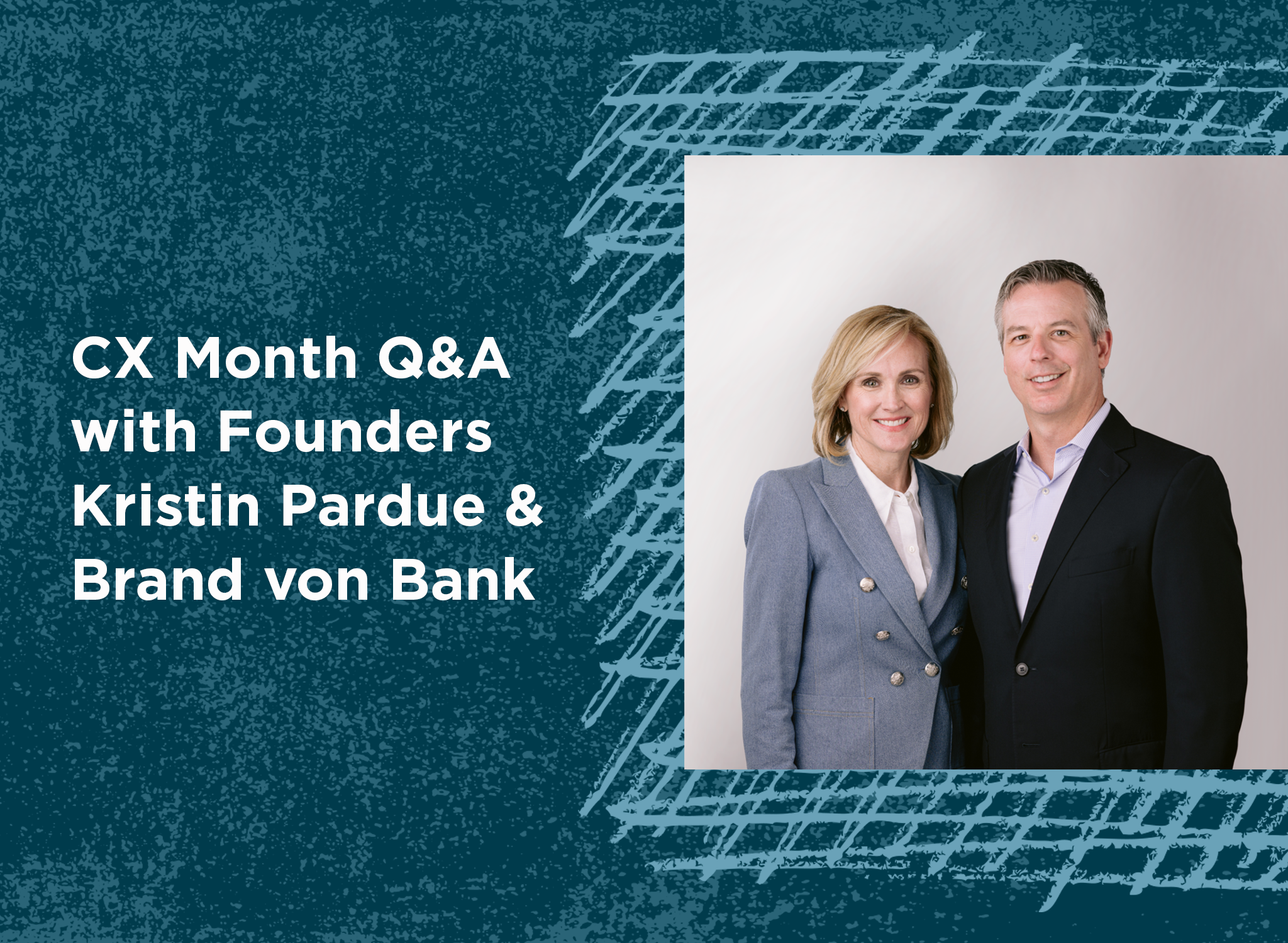
In a CX landscape where transformation is constant, the way customers engage with businesses has fundamentally shifted. They’re no longer passive recipients — they’re informed, empowered, and in many cases, creators themselves. For CX Month, we sat down with Rêve’s founders, Kristin Pardue and Brad von Bank, to explore what’s changing, why many organizations remain stuck in siloed strategies, and how to build the kind of trust and insight that actually moves the business forward. Their conversation unpacks how today’s customer demands meaningful experiences powered by values, activated by data, and operationalized across teams.
What’s changed most about how customers want to engage with businesses?
BVB: Today, customers are far less dependent on businesses to curate their viewpoints. Armed with smarter tools and information (including AI), they dig deeper, compare more, and demand proof over persuasion.
KP: And in select domains, customers are becoming creators. Whether remixing products, launching direct-to-audience offerings, or contributing to community innovation, they blur the line between consumer and competitor.
If the customer has changed, why are so many CX strategies still stuck in silos?
BVB: There are several reasons…internal incentives, funding, and activities can be aligned with functional areas, which makes it more difficult to create holistic customer-focused solutions.
KP: Yes, and when incentives and budgets live within functions, the customer experience becomes a reflection of the org chart rather than the customer’s life. Each team optimizes for its own metrics, not the full journey. Breaking that pattern means shifting from “how do we perform better in our lane?” to “how do we perform better together for the customer?”
We’ve mapped the journeys — now, how do we make them move the business?
BVB: Journey maps simply provide a common taxonomy and view of the customer journey. They don’t ensure activation. The more you can overlay compelling data and inspiring solutions, the more alive they become.
KP: Exactly! Mapping is only the first mile. To move the business, we have to make those journeys operational. That means embedding them into decision-making, incentives, and measurement. When teams can see how improving a specific moment in the journey drives revenue, retention, or reputation, that’s when the work starts to matter.
What does a truly useful customer insight look like?
BVB: To be useful, it needs to be rooted in a proven methodology, in some cases statistically significant and actionable.
KP: I agree. The insights that really move people are the ones that create clarity and conviction. They connect data to emotion. They help teams see the world through the customer’s eyes and make choices that matter. Without that bridge, even statistically significant insights can stay stuck on slides.
What’s one move every organization should make in 2026 to deepen customer trust?
BVB: Be very clear on your values, not just your value proposition. Companies have erred in trying to adapt to customer sentiment rather than standing for something. A company can never please everyone, but even those who disagree will trust what they say.
KP: I’d build on that. Trust deepens when a company’s values show up in the small, everyday moments — how it listens, how it admits mistakes, how it acts when no one’s watching. In 2026, consistency will matter more than ever.
As Kristin and Brad made clear, today’s customers expect more than good intentions. They expect consistency, transparency, and experiences that reflect their values. Organizations that cling to legacy CX models risk missing the opportunity to build deeper trust and unlock sustainable growth. The path forward is about working smarter together. By embedding customer insights into every decision, aligning around shared outcomes, and showing up with clarity and conviction, CX leaders can transform journeys into business momentum. The customer has evolved. Let’s make sure our strategies do too.